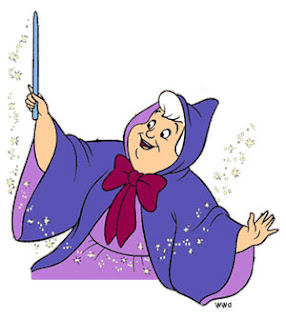
My psychology paper was finished. The data was supported and the conclusions were valid, yet my paper remained woefully incomplete. I still hadn’t tackled an antiquated requirement of modern education– I hadn’t formatted my sources.
So yet again I ended up spending hours of what could have productive editing time on Purdue’s website, looking again at where those stupid parentheses go in APA format, and where exactly the italics segment ended. (I must not have done it right even then, since I got points taken off later for inappropriately italicizing the commas.)
Maybe right now you're thinking of citation machines. Well, they've never served me much better. The act of putting each piece of “vital” information in its specified box is almost as bad as simply following the citation procedures online.
Writing professor Kurt Schick reflects my frustration in his impassioned Chronicle of Higher Education essay titled “Citation Obsession? Get Over It!” Schick argues that students’ writing should not be judged based upon their ability to flawlessly place periods and italics. The prose, content, and style of their work should be the most essential facets of evaluation, yet more often than not, these elements somehow takes a back seat to how well students can format the copyright information of the materials they used for research.
Half of my Psychology labs were wasted on exactly how to write a paper in APA style. My exam even had a section in which we were asked to recite the exact format for a journal citation. Major portions of as much of a third of my essay grades are based on citations in classes ranging from Understanding Music to Business 1.0.
Writing these essays require tremendous investments of time and intellect, yet worrying about the punctuation of copyright information is in no way intellectual or useful. I have no quarrel with acknowledging my sources or even with citations in general; I just wonder why my life and the lives of most other college students have come to revolve around formatting, instead of insight.
--Swan (guest blogger & undergrad Kogod student)










